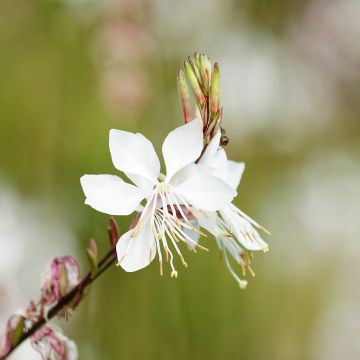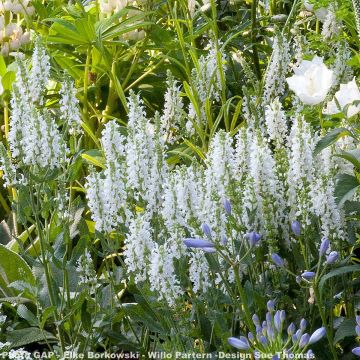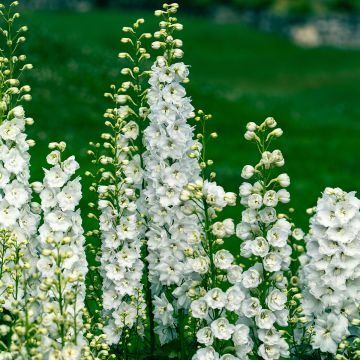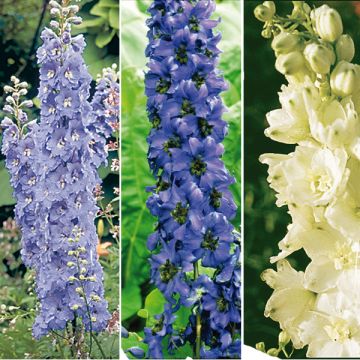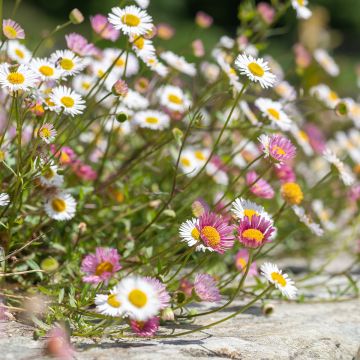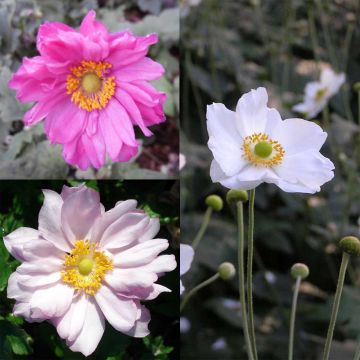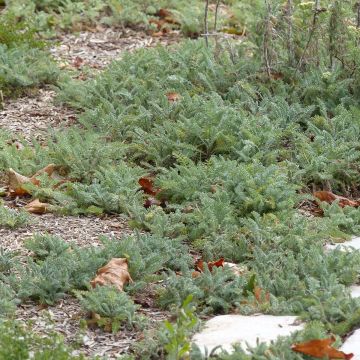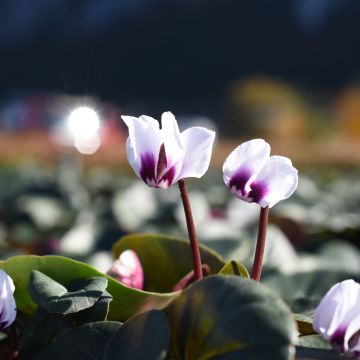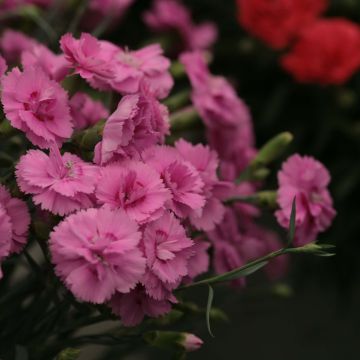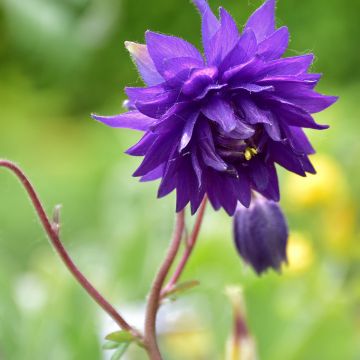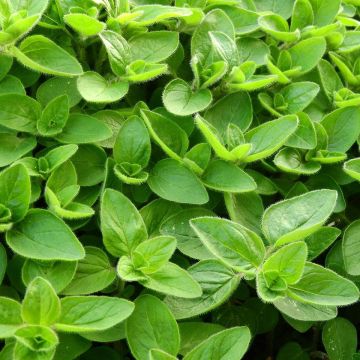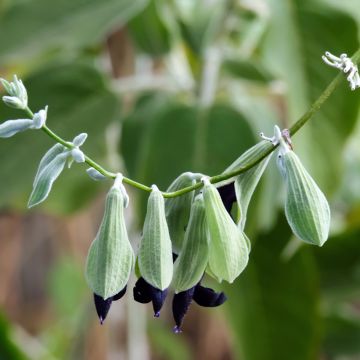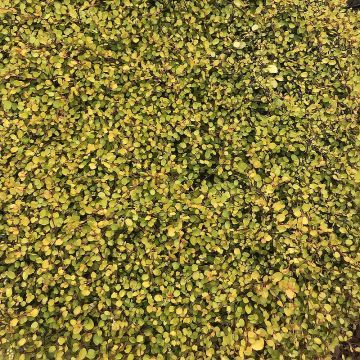Shipping country and language
Your country of residence may be:
Your country of residence is:
For a better user experience on our website, you can select:
Your shipping country:
Andorra
Austria
Belgium
Bulgaria
Canada
Chile
Croatia
Cyprus
Czechia
Denmark
Estonia
Finland
France
Germany
Greece
Hungary
Iceland
Ireland
Italy
Latvia
Lithuania
Luxembourg
Malta
Monaco
Netherlands
Poland
Portugal
Romania
Slovakia
Slovenia
Spain
Sweden
Switzerland
United Kingdom
We only deliver seed and bulb products to your country. If you add other products to your basket, they cannot be shipped.
Language:
French
German
Spanish
English
My Account
Hello
My wish lists
Plantfit
Log in / Register
Existing customer?
New customer?
Create an account to track your orders, access our customer service and, if you wish, make the most of our upcoming offers.


Capparis spinosa Inermis
Capparis spinosa Inermis
Capparis spinosa Inermis
Caper bush
Why not try an alternative variety in stock?
View all →Order in the next for dispatch today!
Dispatch by letter from €3.90.
Delivery charge from €5.90 Oversize package delivery charge from €6.90.
More information
This item is not available in your country.
Schedule delivery date,
and select date in basket
This plant carries a 12 months recovery warranty
More information
We guarantee the quality of our plants for a full growing cycle, and will replace at our expense any plant that fails to recover under normal climatic and planting conditions.
From €5.90 for pickup delivery and €6.90 for home delivery
Express home delivery from €8.90.
Does this plant fit my garden?
Set up your Plantfit profile →
Description
Capparis spinosa 'Inermis' is a thornless form of the wild caper bush, known for its capers, which are pickled flower buds in salted vinegar. It is a Mediterranean undershrub emblematic of stone walls, from which it cascades in curtains. It stands out in summer with its fragrant white and pinkish-purple flowering, and its remarkable delicacy. The plant forms a woody stump from which numerous slender stems emerge each year, adorned with tough, bluish-green foliage that is quite charming. To successfully grow the caper bush in mild climates, plant it in full sun, in a rock garden or ideally on top of a dry-stone wall. It can be grown in a pot, but watering needs to be carefully managed.
Capparis spinosa is native to the Mediterranean basin and belongs to the Capparaceae family. It is distributed in an area ranging from the Atlantic coasts of the Canary Islands to Western Asia and North Africa. It is adapted to well-drained rocky soils, even soils becoming arid in summer. Most failures in cultivation can be attributed to excessive watering or soils retaining too much moisture. A mature plant can withstand short frosts of around -12°C (10.4°F) in dry soil.
The Thornless Caper develops long spreading or trailing stems every spring, radiating from its thick stump. The plant has a slow growth rate. Over time, it forms a creeping tuft that will reach a minimum height of 50cm (20in) and a spread of 1.5m (5ft). The deciduous foliage and branches fade in autumn with the first frosts. The leaves are thick and leathery, with a rounded heart shape and a glaucous colour. They measure about 2 to 3cm (1in) in length. The flowering period is long in summer, starting in June and continuing until September. Rounded floral buds appear on the stems, at the axils of the leaves, carried by upright petioles. Each bud opens into an ephemeral flower of great beauty. The flower, composed of 4 large white or pinkish petals, measures 5 to 7cm (2 to 3in) in diameter. It opens widely to reveal a beautiful bouquet of long pink-purple stamens. After pollination by insects, fleshy, ovoid fruits form, measuring up to 5cm (2in) in length. They are edible and sometimes consumed like capers, known as caprons.
In addition to its culinary qualities, Capparis spinosa 'Inermis' is a beautiful plant for dry gardens, and one of the few that flowers throughout the summer in mild regions. Plant it in rocky soil, on top of a wall, in an elevated bed enriched with gravel, or in a rock garden. This plant does not like water, so the soil must be extremely well-drained to keep the stump dry. It can be paired with lavender, creeping rosemary, rockroses, and Globularia alypum to decorate arid and scorching areas. In a pot or hanging basket, use a light, well-draining substrate and do not water too often. Bring your potted plant indoors to protect it from frost in autumn.
Culinary note: capers are used in tapenade, ravigote or gribiche sauces. They also add flavour to Mediterranean cuisine, fish dishes (sea bream, ray wings), salads, pizzas, and steak tartare.
Capparis spinosa Inermis in pictures


Flowering
Foliage
Plant habit
Botanical data
Capparis
spinosa
Inermis
Capparaceae
Caper bush
Mediterranean
Other Perennials A to Z
Planting and care
It is a somewhat capricious plant that takes time to establish. It fears water. It thrives in poor and dry, rocky soil (even limestone), that is perfectly well-drained and arid. The better drained the soil, the better the plant withstands the winter. Excess water in summer causes its stump to rot. It will appreciate a very sunny and fairly sheltered location. Hardy, it can withstand -12°C (10.4°F) once mature, but only in well-drained or even dry soil. You can prune the branches in early winter, which will force the plant to produce new spring shoots that will flower all summer. Watch out for attacks from slugs and snails in spring.
Pot culture: in cooler climates, grow it in a large and deep pot that will overwinter in a bright room, protected from frost. In winter, only water to keep the substrate slightly moist. Place a drainage layer at the bottom of the pot (pebbles, pottery shards, clay balls, pumice). Use a cactus potting soil or a mix of garden soil, gravel, and potting soil. Water sparingly, allowing the substrate to dry between waterings.
Planting period
Intended location
Care
This item has not been reviewed yet - be the first to leave a review about it.
Mediterranean perennials
Haven't found what you were looking for?
Hardiness is the lowest winter temperature a plant can endure without suffering serious damage or even dying. However, hardiness is affected by location (a sheltered area, such as a patio), protection (winter cover) and soil type (hardiness is improved by well-drained soil).

Photo Sharing Terms & Conditions
In order to encourage gardeners to interact and share their experiences, Promesse de fleurs offers various media enabling content to be uploaded onto its Site - in particular via the ‘Photo sharing’ module.
The User agrees to refrain from:
- Posting any content that is illegal, prejudicial, insulting, racist, inciteful to hatred, revisionist, contrary to public decency, that infringes on privacy or on the privacy rights of third parties, in particular the publicity rights of persons and goods, intellectual property rights, or the right to privacy.
- Submitting content on behalf of a third party;
- Impersonate the identity of a third party and/or publish any personal information about a third party;
In general, the User undertakes to refrain from any unethical behaviour.
All Content (in particular text, comments, files, images, photos, videos, creative works, etc.), which may be subject to property or intellectual property rights, image or other private rights, shall remain the property of the User, subject to the limited rights granted by the terms of the licence granted by Promesse de fleurs as stated below. Users are at liberty to publish or not to publish such Content on the Site, notably via the ‘Photo Sharing’ facility, and accept that this Content shall be made public and freely accessible, notably on the Internet.
Users further acknowledge, undertake to have ,and guarantee that they hold all necessary rights and permissions to publish such material on the Site, in particular with regard to the legislation in force pertaining to any privacy, property, intellectual property, image, or contractual rights, or rights of any other nature. By publishing such Content on the Site, Users acknowledge accepting full liability as publishers of the Content within the meaning of the law, and grant Promesse de fleurs, free of charge, an inclusive, worldwide licence for the said Content for the entire duration of its publication, including all reproduction, representation, up/downloading, displaying, performing, transmission, and storage rights.
Users also grant permission for their name to be linked to the Content and accept that this link may not always be made available.
By engaging in posting material, Users consent to their Content becoming automatically accessible on the Internet, in particular on other sites and/or blogs and/or web pages of the Promesse de fleurs site, including in particular social pages and the Promesse de fleurs catalogue.
Users may secure the removal of entrusted content free of charge by issuing a simple request via our contact form.
The flowering period indicated on our website applies to countries and regions located in USDA zone 8 (France, the United Kingdom, Ireland, the Netherlands, etc.)
It will vary according to where you live:
- In zones 9 to 10 (Italy, Spain, Greece, etc.), flowering will occur about 2 to 4 weeks earlier.
- In zones 6 to 7 (Germany, Poland, Slovenia, and lower mountainous regions), flowering will be delayed by 2 to 3 weeks.
- In zone 5 (Central Europe, Scandinavia), blooming will be delayed by 3 to 5 weeks.
In temperate climates, pruning of spring-flowering shrubs (forsythia, spireas, etc.) should be done just after flowering.
Pruning of summer-flowering shrubs (Indian Lilac, Perovskia, etc.) can be done in winter or spring.
In cold regions as well as with frost-sensitive plants, avoid pruning too early when severe frosts may still occur.
The planting period indicated on our website applies to countries and regions located in USDA zone 8 (France, United Kingdom, Ireland, Netherlands).
It will vary according to where you live:
- In Mediterranean zones (Marseille, Madrid, Milan, etc.), autumn and winter are the best planting periods.
- In continental zones (Strasbourg, Munich, Vienna, etc.), delay planting by 2 to 3 weeks in spring and bring it forward by 2 to 4 weeks in autumn.
- In mountainous regions (the Alps, Pyrenees, Carpathians, etc.), it is best to plant in late spring (May-June) or late summer (August-September).
The harvesting period indicated on our website applies to countries and regions in USDA zone 8 (France, England, Ireland, the Netherlands).
In colder areas (Scandinavia, Poland, Austria...) fruit and vegetable harvests are likely to be delayed by 3-4 weeks.
In warmer areas (Italy, Spain, Greece, etc.), harvesting will probably take place earlier, depending on weather conditions.
The sowing periods indicated on our website apply to countries and regions within USDA Zone 8 (France, UK, Ireland, Netherlands).
In colder areas (Scandinavia, Poland, Austria...), delay any outdoor sowing by 3-4 weeks, or sow under glass.
In warmer climes (Italy, Spain, Greece, etc.), bring outdoor sowing forward by a few weeks.
